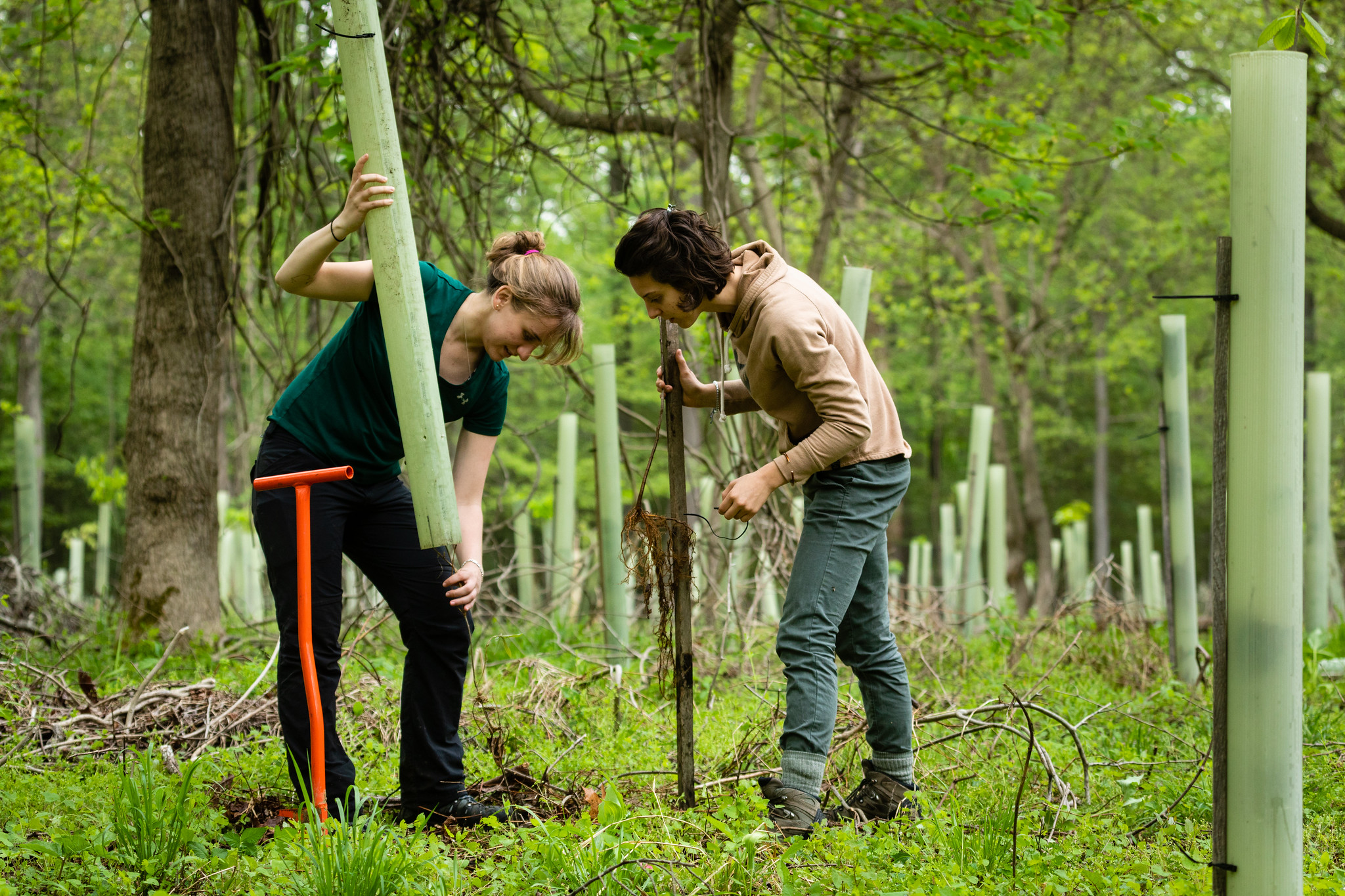
“Some think a frog face is one only a mother could love, but I think they’re cute. And in some ways, they’re both resilient and fragile,” said Pacific Southwest Research Station aquatic ecologist Karen Pope.
Sierra Nevada yellow-legged frogs can live up to 20 years and reach 1.5 to 3.75 inches long. Their coloring ranges from a combination of brown and yellow to a mix of gray, red, and greenish-brown, and their name comes from the yellow that tinges on their inner thighs.
“Like people who become pale when they’re not feeling well, frogs that are sick have a much more muted yellow than those that are healthy,” Pope explained. “They’re bell weathers for the health of our environment.”
They can teach us about the health of our planet, the interconnectedness of our food web, and how our actions have consequences.
In the past, there were so many frogs pocking the landscape that, in 1915, U.C. Berkeley biologist, Joseph Grinnell, complained he and fellow researchers couldn’t avoid stepping on them. Fast forward to 2023 and researchers, like Pope, have trouble finding Sierra Nevada yellow-legged frogs in their homes—mountain streams and lakes, 4,500 to 12,000 feet high.
Today, Sierra Nevada yellow-legged frogs are a federally endangered species that have suffered a 95% decline in their populations.
Deadly fungus

Researchers noticed Sierra Nevada yellow-legged frog populations’ precipitous decline during the 1970s and 1980s. They knew something was very wrong. In the early 2000s, researchers discovered a deadly fungus called Chytrid had infected the mouthparts of tadpoles and the skin of Sierra Nevada yellow-legged frogs. The disease thrives in the cool and wet conditions where Sierra Nevada yellow-legged frogs live.
Frogs have permeable skin, which helps them osmoregulate or balance electrolytes and salt in their cells. The porous nature of their skin makes them susceptible to contaminants and diseases in the air and water. Hindering osmoregulation in frogs, Chytrid ignited a wave of die-offs.
Researchers returned to their study sites to find them littered with frog carcasses.
Invasive fish

Non-native trout, stocked in high-elevation lakes, had been preying on frogs since the mid-1800s, which had already battered the Sierra Nevada yellow-legged frog populations. In the late 1990s, researchers discovered that frogs and trout were not in the same lakes. They wondered if there was a connection.
Scientists performed experiments and found removing fish allowed frog populations to recover. Based on these findings, government agencies have worked together to remove non-native trout from some lakes in the Sierras.
“It’s helping some frog populations rebound,” Brown stated.
Small actions can make a big difference in the life of a frog that first appeared on the planet 370 million years ago.
“I encourage people to learn more about these amazing animals and how they can support their conservation.”
Hope for frogs and their ecosystem

Rebounding populations are a silver lining for these amphibians, which are a vital link in the food web.
Highly aquatic, they remain near water all year round. During frigid winter weather, frogs lay low, overwintering for up to nine months at the bottom of mountain lakes and streams. When spring enlivens the landscape, they breed in the same lakes they do every year where females lay masses of about 350 eggs each.
“All the eggs mean lots of potential frogs, but sadly most won’t make it through metamorphosis,” Pope said.

Tadpoles emerge from the eggs in 16-21 days and act like lake sweepers. Using their mouthparts, they scrape algae and other plant matter off muddy stream floors, helping prevent algae blooms. In two to four years, they enter the next and final stage of their life cycle as full-fledged frogs. Playing the role of both prey and predator, they chomp on insects, while also serving as a nutritious meal for other wildlife.
“Frogs provide a hefty packet of protein for birds, raccoons, snakes, coyotes, and even bears. They help fuel the food web,” Pope emphasized.
“It’s an important part of the ecosystem, but aside from that, the frog has a right to be here,” said Pope. “We should do whatever we can to protect it. We owe it that much.”







